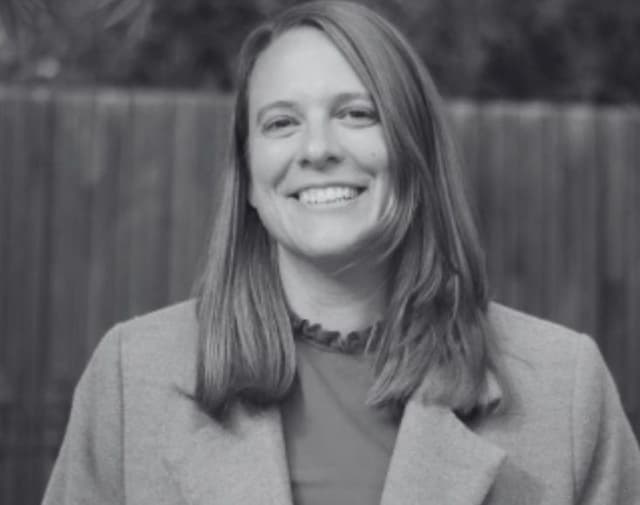
Supporting Students at Risk of Disengagement (45 minutes)
Go to
Course Summary
Course Content

Supporting Students at Risk of Disengagement
Introduction
What do you know about educational disengagement?
We asked teachers about their experience of educational disengagement...
What is engagement?
What is disengagement?
Why do they disengage?
Strategies to prevent further disengagement
School belonging
Interventions to cultivate student belonging
Supporting students with low attendance
Reflection
Congratulations
Course Writer

Megan Corcoran is a wellbeing consultant and Director at Wagtail Institute. She spent 12 years teaching and leading in alternative schools, working with young people who had experienced childhood trauma, often lived in out of home care and were experiencing disadvantage. She has a Masters in Applied Positive Psychology and teaches a Positive Psychology subject at Monash University. She is passionate about the wellbeing of students and staff in schools and loves sharing wellbeing science and trauma-informed practice with teachers.